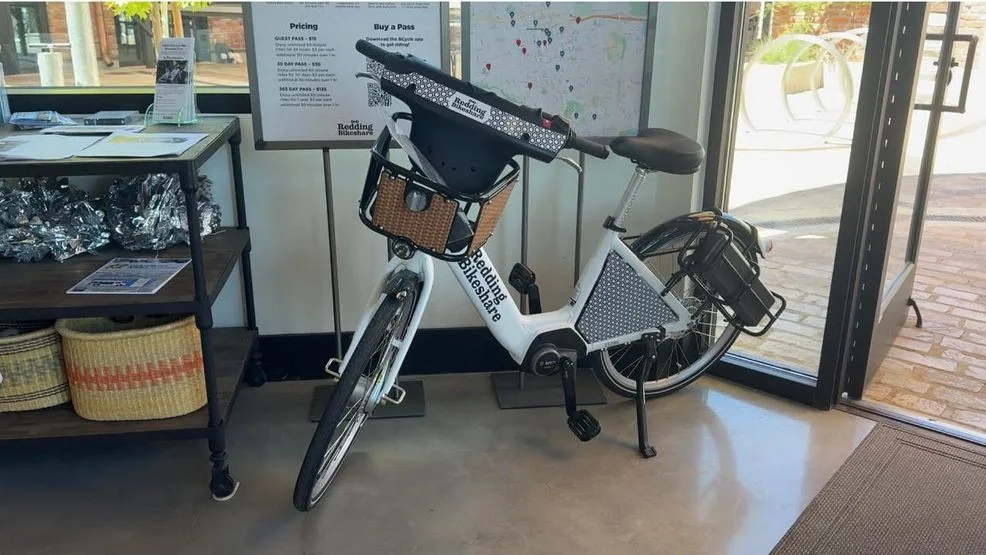
Could a $2,000 Voucher Revolutionize Your Ride? Inside California’s E-Bike Incentive Craze
In a state known for its traffic woes and environmental ambitions, California's E-Bike Incentive Project is stirring excitement among residents seeking greener transportation options. Offering vouchers worth up to $2,000, this initiative aims to make electric bikes more accessible, particularly for low-income households, as part of broader efforts to curb emissions and promote sustainable living. With high demand already proven in prior rounds, the program highlights California's commitment to innovative climate solutions amid rising concerns over air quality and urban mobility.
The program, funded by the California Air Resources Board (CARB), marks a significant step in expanding zero-emissions transport. Launched initially in December 2024, it saw an overwhelming response when 1,500 vouchers were claimed in under an hour, leaving thousands in a virtual queue. Now, in its second round, set for April 29, 2025, CARB is refining the process to ensure fairness. Instead of a frantic first-come, first-served rush, applicants must enter a virtual waiting room between 5 p.m. and 6 p.m., where they are randomly assigned numbers. Only the first 1,000 get a chance at the vouchers, with priority for those in disadvantaged communities or with incomes at or below 225% of the Federal Poverty Level (FPL).

However, the latest attempt hit a snag. On April 29, 2025, technical issues plagued the website, preventing many from accessing the queue. CARB quickly halted the process, apologizing and promising a rescheduled date to maintain equal access. Anne Thomas, Executive Director of Shasta Living Streets, advised potential applicants to prepare in advance: "My recommendation is to know the options... and to be prepared the moment it opens." This echoes CARB spokesperson Brad Branan's emphasis on reviewing eligibility criteria, such as being a California resident aged 18 or older with a household income not exceeding 300% FPL—for a family of four, that's $93,600 annually.
Analysts view this program as a smart blend of environmental policy and economic relief. By subsidizing e-bikes, California is not only reducing reliance on gas-powered vehicles but also addressing equity in the green transition. Compared to the first round's chaotic demand, the randomized system could prevent digital divides caused by internet speed disparities, though it raises questions about accessibility for those less tech-savvy. Quotes from CARB's Steven Cliff underscore the program's impact: "The unprecedented interest shows a big need for electric bikes, an important part of our zero-emission efforts." With $7.5 million allocated for multiple rounds, more opportunities are on the horizon, potentially transforming daily commutes for thousands.
Ultimately, this incentive exemplifies California's push toward a sustainable future, blending innovation with inclusivity. As the program evolves, it prompts reflection on how such initiatives can bridge environmental goals and everyday needs. What do you think—could an e-bike change your routine? Share your views in the comments below and help spread the word on social media for more eco-friendly inspiration.